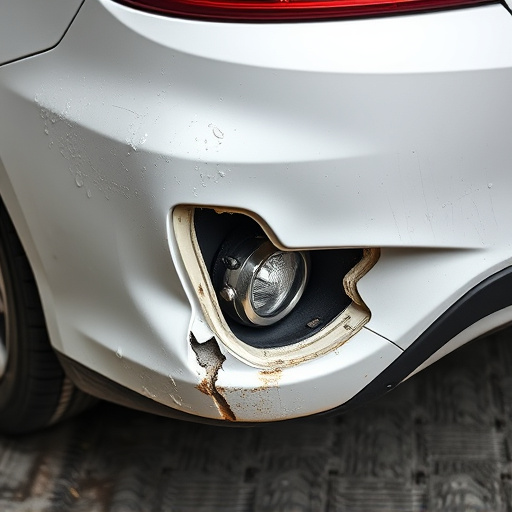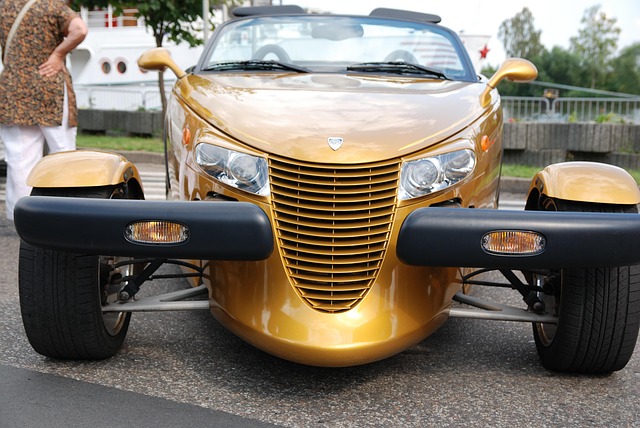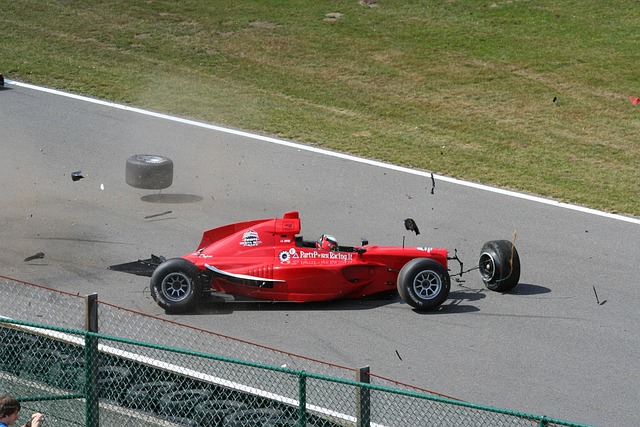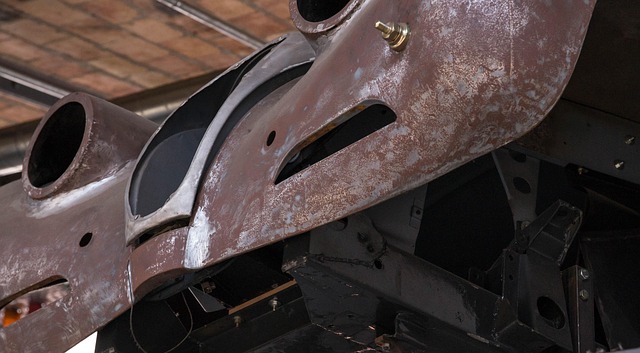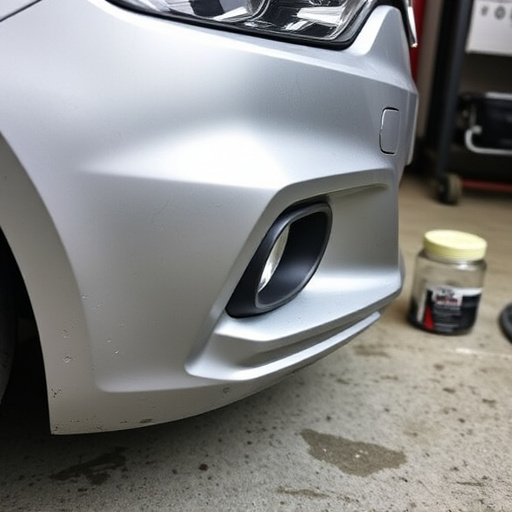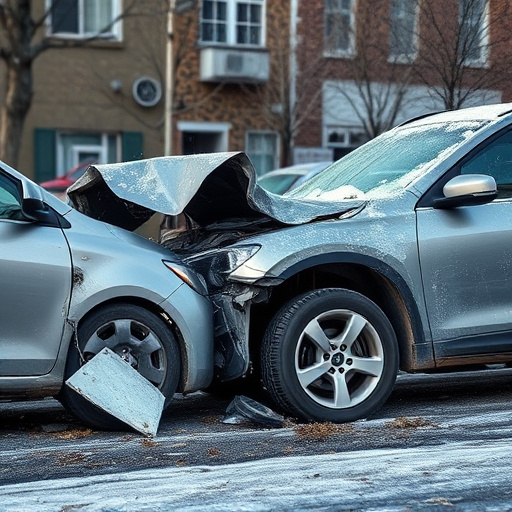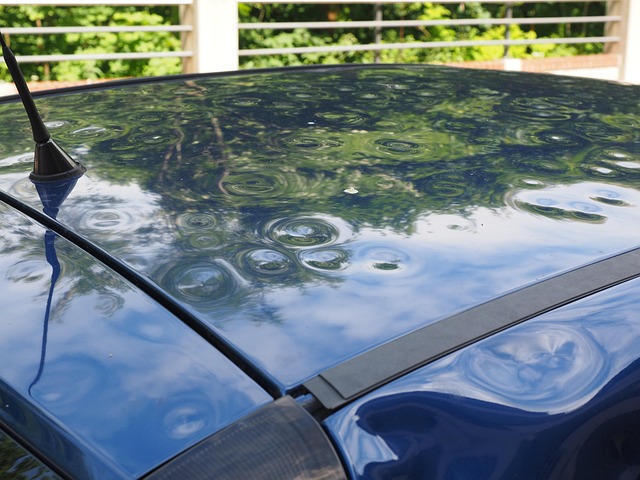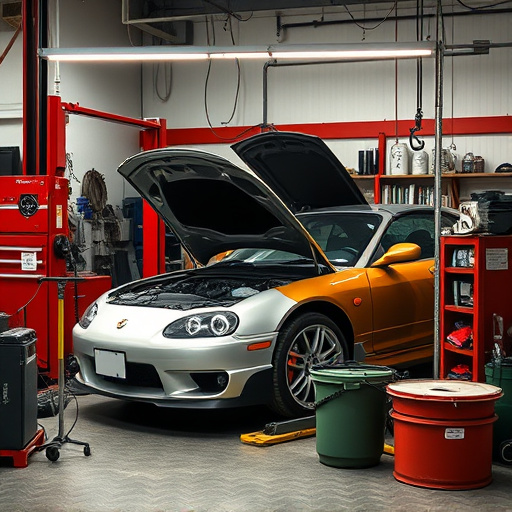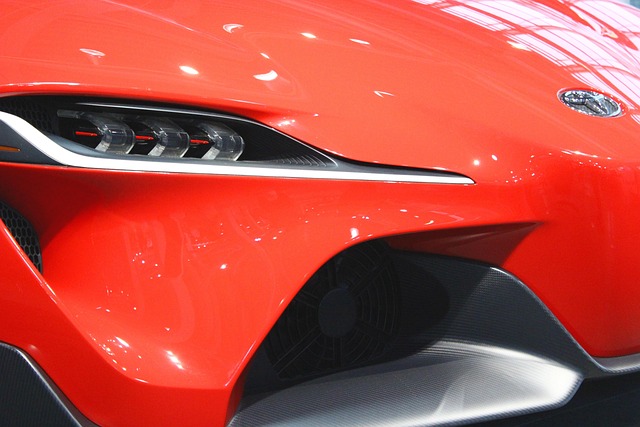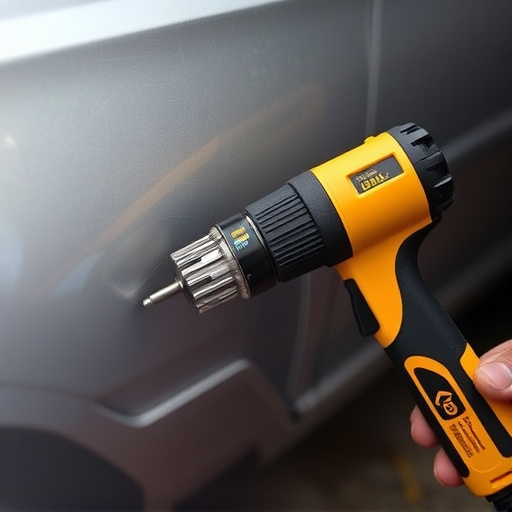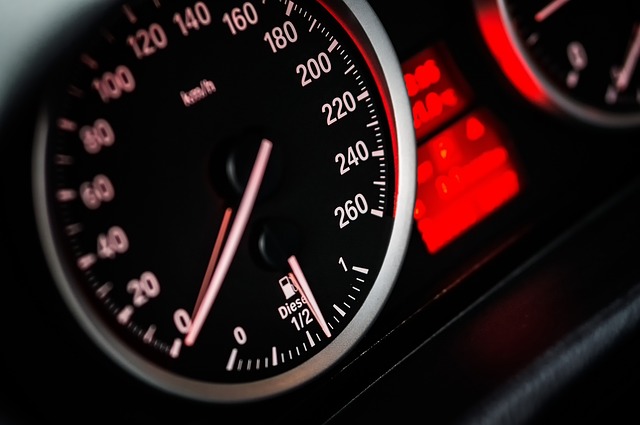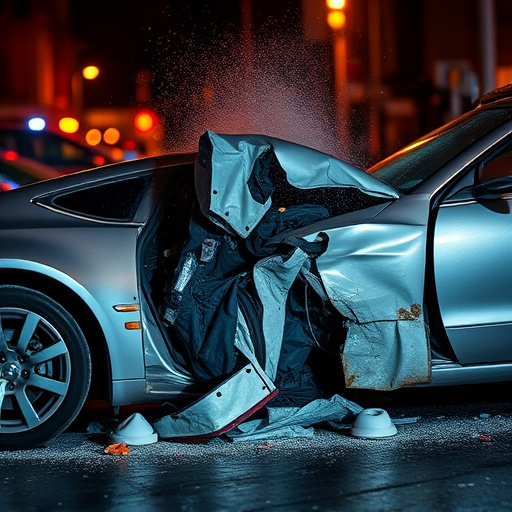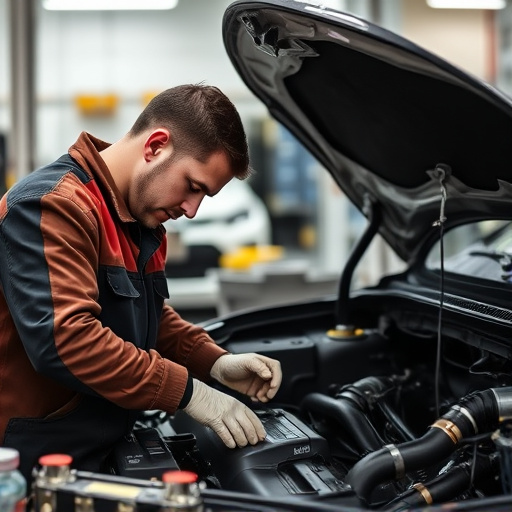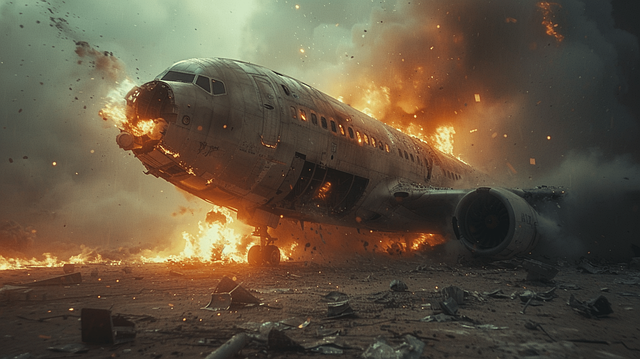Tesla's Repeater Camera System, vital for Autopilot and advanced driver-assistance features, requires regular Tesla repeater camera replacement and calibration for optimal performance. Malfunctions impact safety, necessitating timely car repair services. Repairs involve replacing faulty cameras with calibrated ones and using paintless dent repair for minimal bodywork changes. After successful replacement, precise Autopilot calibration is crucial for safe and efficient autonomous driving, ensuring sensors accurately perceive surroundings through a series of tests.
“In this comprehensive guide, we explore a crucial aspect of Tesla ownership: the repeater camera replacement process. Tesla’s advanced driver-assistance systems (ADAS) rely on these cameras for Autopilot functionality. Understanding the repeater camera system is key to maintaining optimal safety features. We’ll walk you through the step-by-step process of replacing a faulty camera, ensuring your vehicle’s Autopilot remains accurately calibrated. By the end, you’ll be equipped with the knowledge to tackle this task effectively.”
- Understanding Tesla's Repeater Camera System
- The Process of Replacing the Camera
- Verifying Autopilot Calibration After Replacement
Understanding Tesla's Repeater Camera System
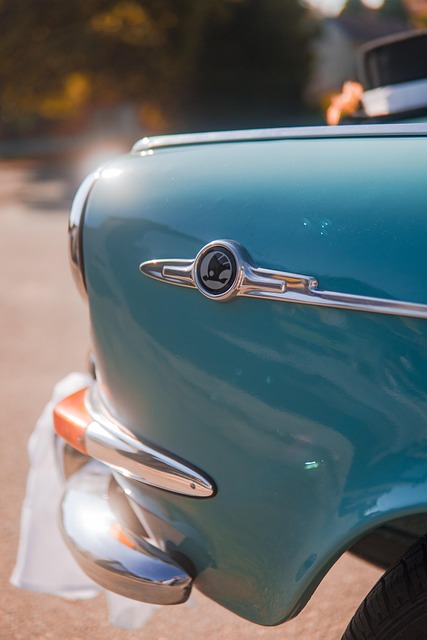
Tesla’s Repeater Camera System plays a crucial role in its Autopilot and advanced driver-assistance features. These cameras are strategically placed to monitor the vehicle’s surroundings, providing vital data for safety systems. When it comes to Tesla repeater camera replacement, ensuring proper calibration is essential. The system uses these cameras to detect lane markings, surrounding vehicles, and potential obstacles, enabling the car to make informed decisions on the road.
A malfunction or failure in any of these components can impact the overall performance of Autopilot, making timely and accurate car repair services critical. Repairs often involve replacing faulty cameras with new ones that are precisely calibrated to meet Tesla’s high standards. Some specialized paintless dent repair techniques might also be employed to restore the vehicle’s bodywork to its original condition without the need for extensive repainting, ensuring both functionality and aesthetics.
The Process of Replacing the Camera
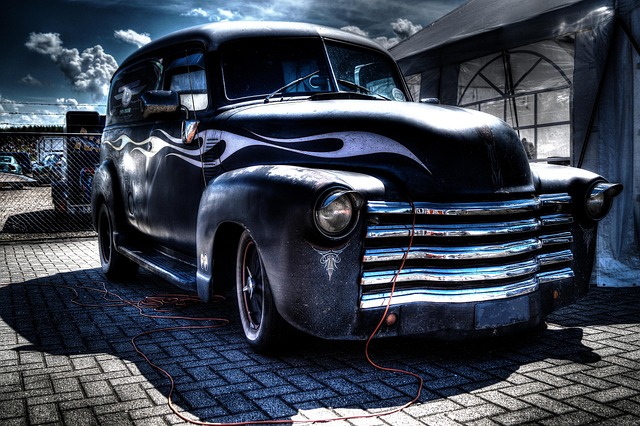
Replacing a Tesla repeater camera involves a meticulous process that requires precision and technical expertise. It’s not a task for the faint-hearted DIY enthusiast; instead, it’s recommended to seek professional assistance from a specialized body shop. The first step is identifying the specific camera in need of replacement, as Teslas come with various models designed for different purposes, such as Autopilot calibration or mere repeater functionality. Once the correct part is sourced—ensure it’s a genuine Tesla component for optimal compatibility and performance—the real work begins.
The process typically starts with removing the damaged or faulty camera from the vehicle, carefully detaching any connected wires and components. This delicate operation demands patience and an eye for detail to avoid damaging other parts. After disassembly, the old camera is replaced with the new one, ensuring proper alignment and secure connections. The body shop’s technicians will then verify the Autopilot calibration, as this feature relies on accurate camera positioning for safe and effective driving assistance. This step ensures your Tesla’s advanced driver-assistance system functions optimally after the repeater camera replacement.
Verifying Autopilot Calibration After Replacement
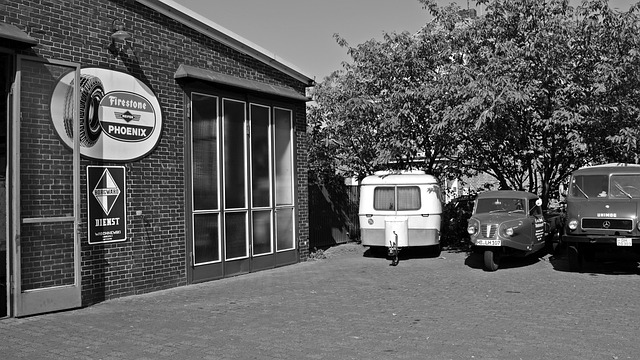
After successfully replacing a Tesla repeater camera, verifying the Autopilot calibration is an essential step to ensure optimal performance and safety. This process involves a series of tests designed to fine-tune the vehicle’s sensors and algorithms, confirming they are aligned and functioning correctly. By calibrating the Autopilot system, drivers can trust that their car will accurately perceive its surroundings during autonomous driving modes.
A professional auto body shop or auto collision repair service with expertise in Tesla vehicles is best equipped to handle this task. They employ specialized tools to perform a comprehensive check, including tracking the vehicle’s path and comparing it against pre-programmed routes. This ensures that all cameras, sensors, and the repeater camera replacement itself are working in harmony, providing accurate data for the Autopilot system. Additionally, an auto glass repair might be necessary if the front or rear window needs adjustment to maintain the vehicle’s sensor accuracy.
After successfully replacing a Tesla repeater camera, verifying its calibration with Autopilot is crucial for safe and accurate self-driving capabilities. By ensuring proper alignment and functionality, owners can maintain their vehicle’s cutting-edge driver assistance features, enhancing both performance and peace of mind on the road. This simple yet vital step ensures that your Tesla continues to deliver the advanced driving experience it promises.
